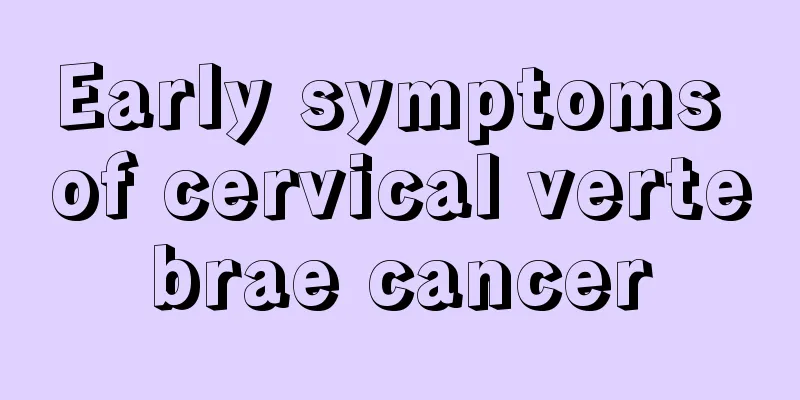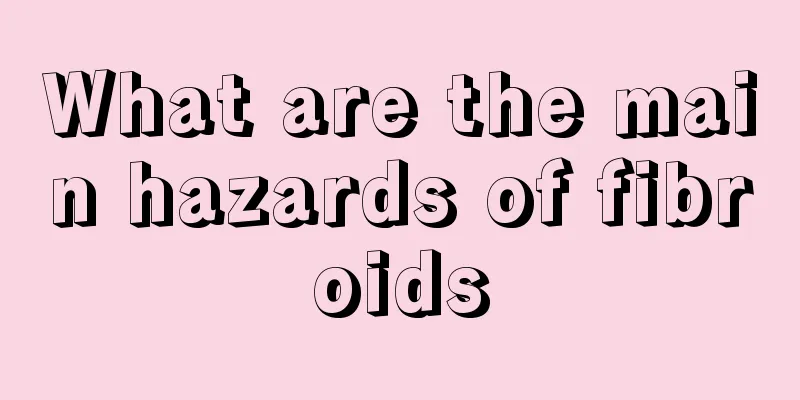Management of side effects of paclitaxel chemotherapy in patients with ovarian cancer

|
In recent years, the incidence of ovarian cancer has been on the rise due to changes in lifestyle, such as early sexual life, sexual disorder, industrial pollution, and high estrogen levels. Paclitaxel chemotherapy is the main treatment for ovarian cancer, but this drug can have adverse reactions to the human body, so patients must take good care of it during chemotherapy. Chemotherapy is one of the main treatments for patients with advanced ovarian cancer. Paclitaxel is a commonly used drug in ovarian cancer chemotherapy. Many patients experience allergic reactions during treatment, which are manifested as skin flushing and urticaria. Severe allergic reactions may manifest as bronchospasm, dyspnea, hypotension, and even shock and angioneurotic edema. The side effects of paclitaxel chemotherapy drugs not only bring pain to patients, but also increase the difficulty of treatment. What should I do if I am allergic to paclitaxel during chemotherapy for advanced ovarian cancer? Mild allergic reactions often occur within 10 minutes of medication. They can be prevented in time by changing the dosage form of the drug and improving the method of administration, which can effectively reduce the incidence of allergic reactions. In addition, patients taking anti-allergic drugs before chemotherapy can also reduce the incidence of allergic reactions. At the end of the infusion, the patient's blood pressure should be measured, and the infusion tube should be removed after observing that the patient has no abnormal reaction. The patient's vital signs should continue to be closely observed within 24 hours after the needle is removed. If the patient has facial flushing or mild rash, the medication should be stopped immediately. Ovarian cancer patients experience allergies during paclitaxel chemotherapy, which is caused by the toxic side effects of the chemotherapy drug paclitaxel. Antiallergic drugs do not solve the problem from the root, and the key is to effectively reduce the toxic side effects of chemotherapy drugs. Clinical experiments have shown that the combination of Grifola frondosa D block and chemotherapy drugs can effectively reduce the toxic side effects of chemotherapy drugs on the body. Grifola frondosa D block is a powerful biological regulator that can regulate and enhance the body's immune function through multiple pathways, significantly increase IL-2 activity, increase the phagocytic function of macrophages and the killing activity of NK cells, thereby increasing the activity and function of immune cells, resisting the invasion of chemotherapy drugs on normal human cells, and alleviating the discomfort caused by chemotherapy drugs. The toxicity of chemotherapy drugs has a great impact on patients, and we must do a good job of prevention and symptomatic treatment in a timely manner. This can not only control tumors but also allow patients to have a good quality of life. 1. Allergy care Paclitaxel often causes type I allergic reactions, including dyspnea caused by bronchospasm, urticaria, hypotension, and facial flushing. Patients receiving treatment can be given an intravenous injection of 2 mg of dexamethasone 12 hours and 6 hours before administration, which can play a preventive role. During chemotherapy, the occurrence of allergic reactions should be closely observed. If they occur, the drug should be stopped immediately and symptomatic treatment should be given. 2. Care for joint and muscle pain After paclitaxel chemotherapy, patients experience more obvious muscle and joint pain, with an incidence of about 61%, mainly affecting the joints of the arms and lower limbs. It usually occurs 2 to 3 hours after taking the medicine. Medical staff should explain the cause of the pain to the patients and tell them that the pain will disappear after a few days to relieve the patients' tension. They should assist and guide them to massage the painful area. In severe cases, physical therapy can be used to relieve the pain. 3. Treatment of drug extravasation Pay attention to the patient's infusion. If the infusion speed slows down, the injection site is stinging or edematous, it indicates drug extravasation. Stop the medication immediately and change the injection site. When the extravasation range is greater than 4cm×5cm, use isotonic saline to perform diamond injection at the leakage site. If the pain is severe, inject 2ml of procaine locally, or apply ice packs or ethanol compresses locally until the symptoms disappear. |
<<: How long can a patient with lung cancer brain metastasis live in coma
>>: Can tumors be inherited? How to prevent them? You may want to read the following article
Recommend
What are the harmful effects of smoking
When smokers have a lung examination in the hospi...
Lymphoma and running
Speaking of lymphoma, many people died of this di...
Why do potatoes turn green
In winter, many people will buy a lot of potatoes...
How to cut the elbow
If you want to make your favorite pork elbow, you...
What medicine is good for migraine
The symptoms of migraine can make patients very u...
What should I pay attention to after chin surgery
After hyaluronic acid is injected into the chin, ...
Can kidney tumors be cured?
Many people are very scared when they hear that t...
There are many white particles on the chin and lips
We often encounter some annoying problems in life...
What are the advantages of meniscus injury patch?
The problem of meniscus has become more and more ...
Is it possible for teratoma to recur?
Ovarian teratoma is a common and frequently occur...
How to treat boils on the back
When people are in a bad mood or encounter diffic...
How to take care of patients with depression
As the pressure of life increases, more and more ...
How long can a liver cancer transplant patient live? Determined by many factors
Modern people are under great pressure in life, c...
Why do I have a headache after playing ball?
If you get a headache after playing basketball, i...
Will drinking milk before going to bed every day make me taller?
Drinking milk is very good for our body. Milk is ...









